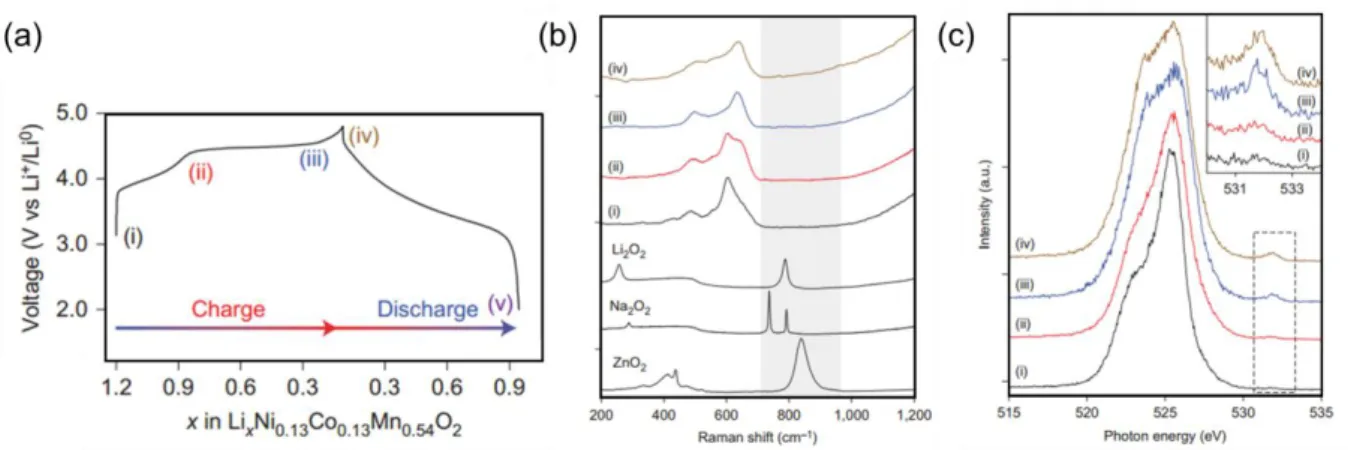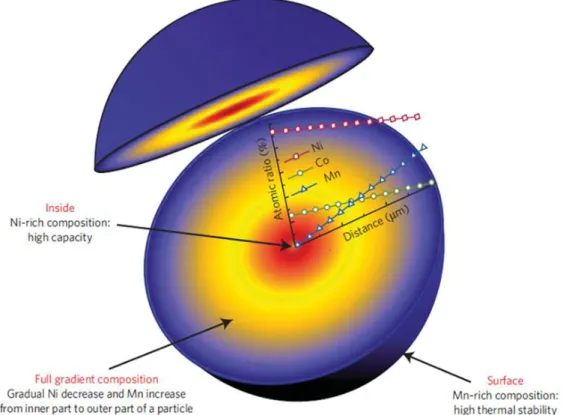Li-Rich Layered Oxides: Still a Challenge, but a Very Promising Positive Electrode Material for Li-Ion Batteries
Texte intégral
Figure
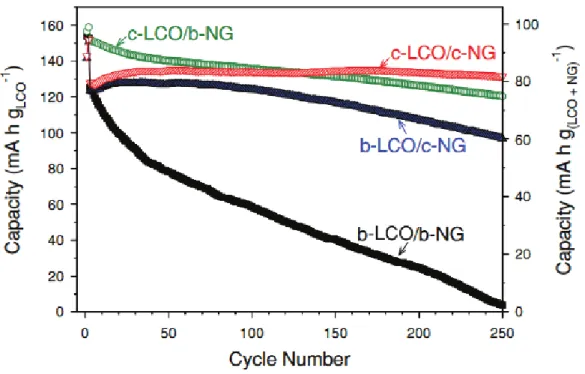
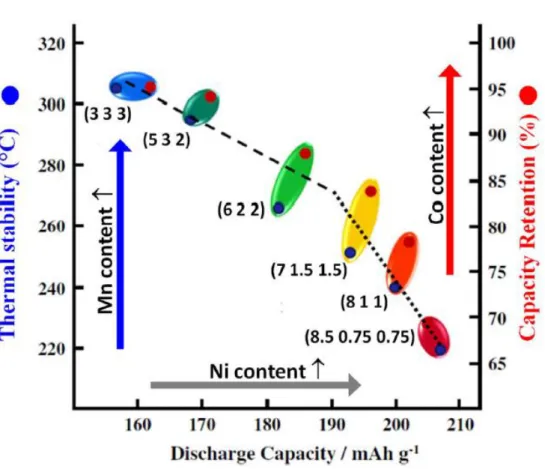
![Figure 7: Flake-shaped primary particles in dense aggregates combining small specific surface area with rate capability and showing thus excellent energy retention (adapted from reference [55])](https://thumb-eu.123doks.com/thumbv2/123doknet/12725333.356977/18.892.145.737.350.861/particles-aggregates-combining-specific-capability-excellent-retention-reference.webp)
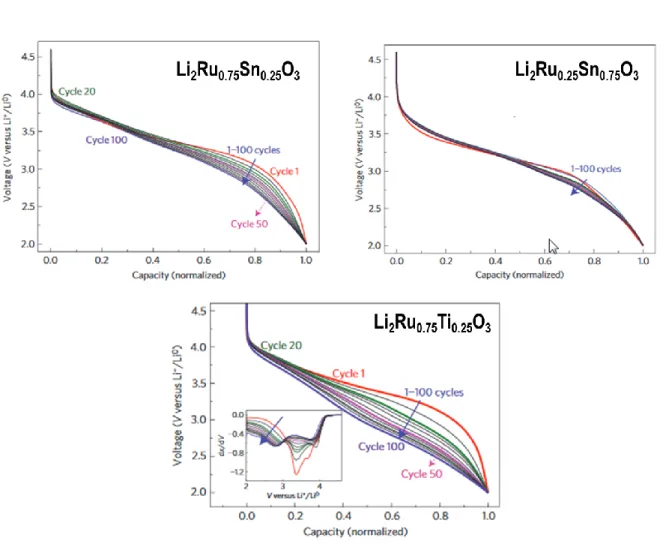
Documents relatifs
Dans la configuration du fonctionnement actuel, la gestion des demandes de buffers est assurée par l'ordinateur Hôte, pour répondre aux demandes provenant de différentes
Copyright and moral rights for the publications made accessible in the public portal are retained by the authors and/or other copyright owners and it is a condition of
" SAP's Enterprise Services Architecture provides Service Oriented Architecture (SOA) support.. This means, SAP system applications could be accessed as
a single model training all 14 descriptors; two models training descriptor pairs reported previously (d electrons and oxidation state, 5 and optimal e g occupancy
Dans cet expos´ e on ´ etudie le processus de comptage N ∗ (t) qui compte le nombre d’´ ev` enements r´ ecurrents se produisant dans l’intervalle de temps [0, t] et qui refl`
While the relative energy-dependent anisotropy defined above is useful in studying individual events, for statistical purposes it has three drawbacks: (1) for quantifying the
Figure G.C.1 shows indeed that these new sulfate compounds, in particular Li2Fe(SO4)2, rank at the top of the scale of potentials for the iron-based polyanionic materials
